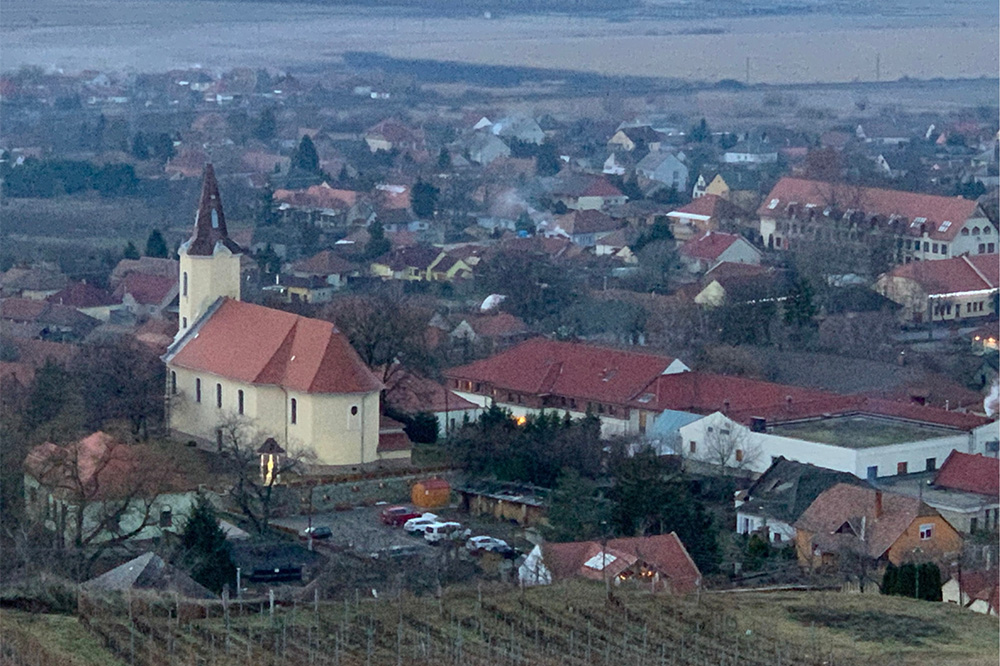Tokaj
- Located 150 miles to the east of Budapest and just south of the Carpathian Mountains, this historic wine region has been producing Botrytised (or “nobly rotten”) wine for over 400 years.
- First produced by a local religious cleric in 1630, Tokaj has been tied to major events in history such as the Prince of Transylvania encouraging France’s Louis XIV to help him battle the powerful Hapsburgs.
- In the early 1700s, the vineyards of Tokaj were classified into first, second, third, and unclassified growths by royal decree. This is believed to the first delimited wine region in the world.
- Tokaj is known to be the first Botrytised wine to be produced; at least 100 years before Rhine wine producers and 200 years before the first Sauternes was bottled.
- The conditions that cause Noble Rot (Botrytis), the shriveling of grapes and the intense concentration of their sugar, flavor, and acids are endemic of the Tokaj region.
- Three grape varietals are used to create Tokaj. Furmint is a thin-skinned, sharp-tasting, and late-ripening grape used to make around 70% of all Tokaj. Harslevelu is less susceptible to Noble Rot but has rich sugars and aromas which make a beautiful version of Tokaj. Lastly, Sarga Muskotaly grapes are used to create a small percentage of Tokaj.
- Tokaj Aszu is made by a two-step process. Shriveled (affected by Noble Rot) and unaffected grapes are harvested in late October but kept separate. The unaffected grapes are pressed and fermented to create powerful base wine. The Aszu (Botrytised) fruit is stored in an almost-dry heap, gently leaking its sweet (almost 850 g/l) juice and is then this fruit is soaked for one to five days in the partially or fully fermented base wine. Fermentation is managed by the vintner who controls the temperature and the sugar content to create the exact type of Tokaj they wish to produce.
- Alcohol content within Tokaj is typically between 9 and 10%.
- Sweetness levels for Tokaj are measured and labeled on bottles based on the Puttonyos numbering range. The higher the number, the higher the percentage of g/l of residual sugar is present in the wine.





